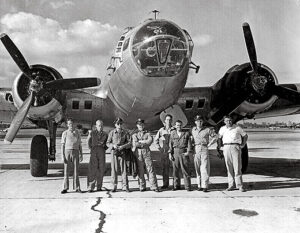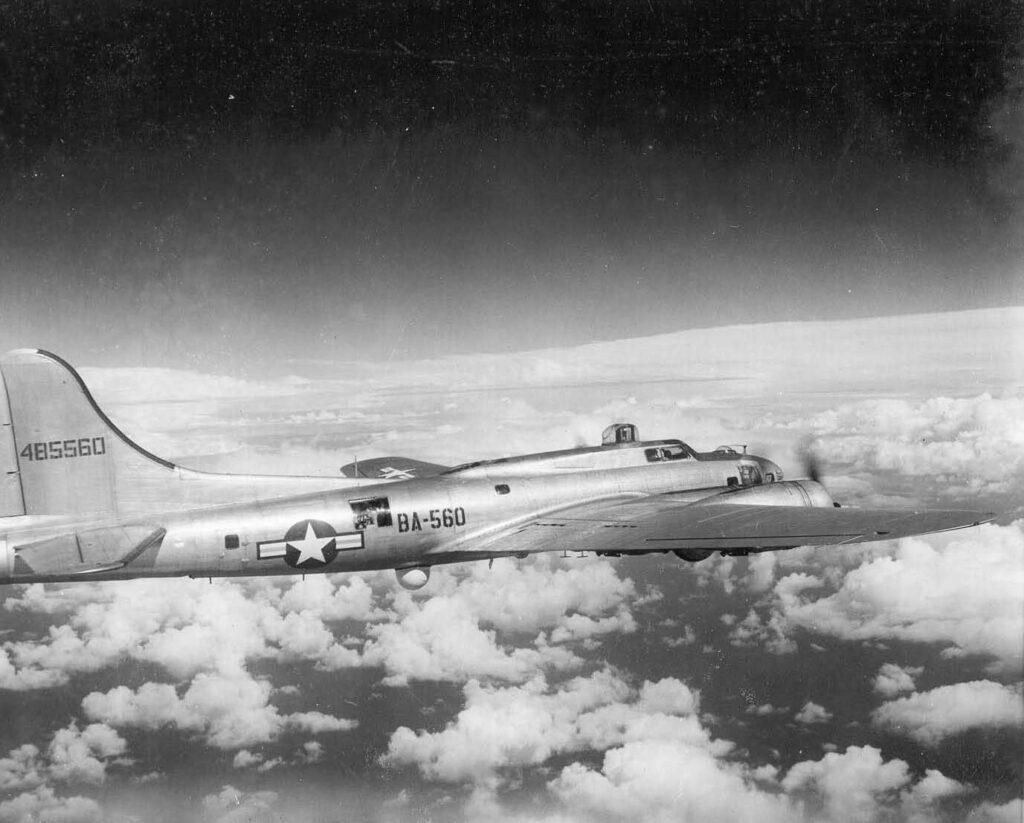
Project Cirrus was an early attempt at weather modification, conducted in the late 1940s by a collaboration between the U.S. military and General Electric (GE). Launched in 1947, its primary goal was to alter weather patterns by seeding clouds with dry ice (frozen carbon dioxide) or silver iodide particles. The idea was that the particles would encourage cloud condensation, thereby influencing precipitation, including rain or snow, or even altering the intensity or course of storms.
One of the most famous and controversial moments in Project Cirrus occurred in October 1947, when the team attempted to seed a hurricane off the coast of Florida. Shortly after the seeding, the hurricane abruptly changed course and made landfall in Georgia, leading to significant damage. Although it is uncertain whether the seeding caused the change in direction, the incident resulted in public outcry and legal threats, causing the project to be temporarily halted.
Project Cirrus was part of the broader U.S. effort during and after World War II to explore ways to control natural forces for military or economic purposes. While it did not yield significant long-term success, the research conducted during the project laid the groundwork for future experiments in weather modification, such as Project Stormfury in the 1960s.
Document Archive
 Project Cirrus Progress Report No. 5, 15 September 1948 [22 Pages, 10.76MB]
Project Cirrus Progress Report No. 5, 15 September 1948 [22 Pages, 10.76MB]
 Project Cirrus Progress Report No. 6, 15 October 1948 [14 Pages, 5.71MB]
Project Cirrus Progress Report No. 6, 15 October 1948 [14 Pages, 5.71MB]
 Project Cirrus Final Report, 31 December 1948 [137 Pages, 20.32MB]
Project Cirrus Final Report, 31 December 1948 [137 Pages, 20.32MB]

